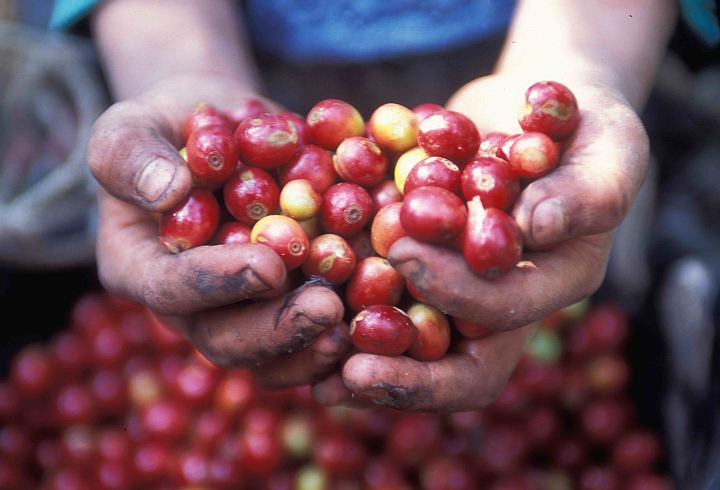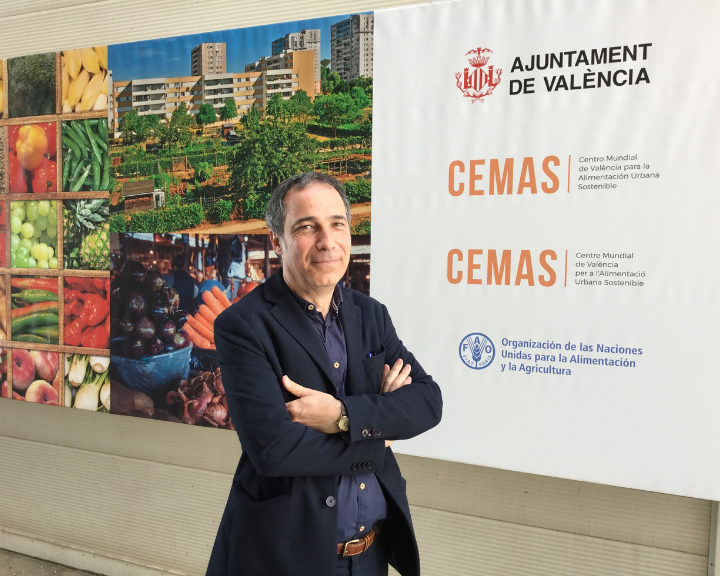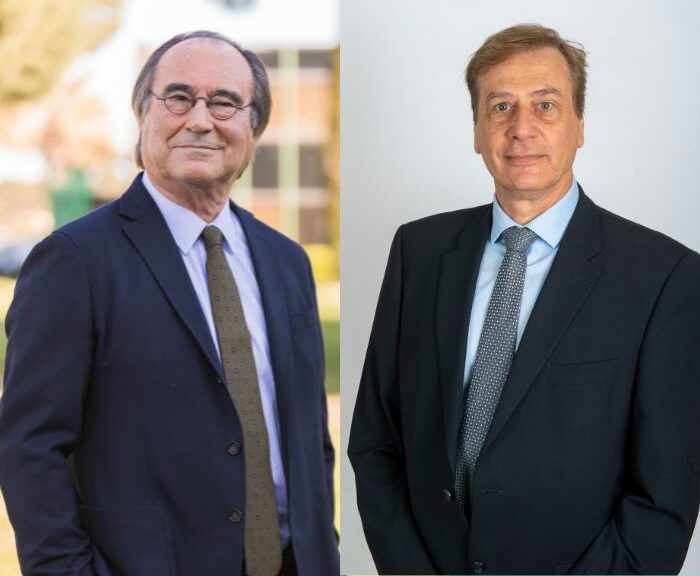CEMAS, the World Sustainable Urban Food Centre of Valencia, opened in 2018. It is an initiative by the City of Valencia, which had signed a MoU with the Food and Agriculture Organization of the United Nations (FAO) back in 2016. CEMAS’ main objectives are to highlight the numerous schemes aimed at promoting sustainable urban food supplies to cities around the world, raise awareness about food issues, climate change and sustainable local food systems, and spread best practices. Those priorities are in line with those identified by Commitment No. 7 of the AIVP 2030 Agenda for “Quality food for all”.
Interview with Vicente Domingo, Director of CEMAS
AIVP – Sharing knowledge and identifying the best initiatives are also among the reasons for AIVP’s creation. Can you briefly tell us how you go about sharing knowledge?
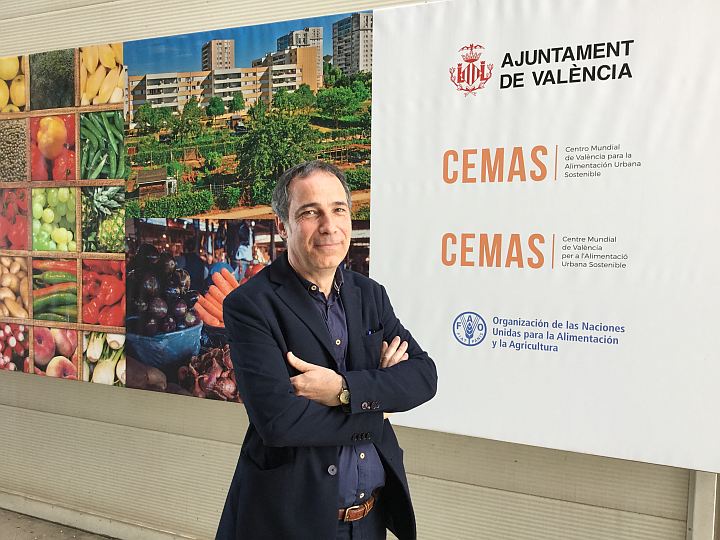
Vicente Domingo, Director of CEMAS – CEMAS is an organisation essentially based on the concept of communication in the broad sense, which means informing the public, taking account of public opinion, but also forging links with knowledge centres, cities, and two sectors which I believe are particularly active: city networks and civil society.
As at AIVP, where there is a clearly defined common goal, a point of convergence, then collaborative actions are adopted, a clear example of a win-win partnership. We disseminate the vast quantity of knowledge that comes to us in 34 categories. Public procurement, food waste, climate change, sexual equality, urban-rural relations, big data, in other words fields of action or strategies that are sources of inspiration for us, and no doubt also cut across some of the other 34 categories during the process. We have just begun steps to launch a content localisation model with that in mind.
The value of information and above all knowledge becomes greater as we add to them with new data and new experiences that confirm or improve concepts. What that means is that while there are already benefits to identifying and listing articles, experiences, practices, and so on, there is even more to be gained from the process of making them available to everyone with an interest in sustainable urban food systems, so they can develop, deploy, and share them. That fosters a positive ‘retroaction’ approach that confirms our raison d’être and usefulness, not just for cities but also for the FAO and all the research centres working on these issues.
We constantly use all kinds of networks. In almost every part of the world, ordinary people access dozens of networks every day. Knowledges spaces are platforms that, in themselves, allow unprecedented access to information and knowledge. But that phenomenon leads to another, larger still: the ability to disseminate, manage, and apply that information all around the world, practically in real time. Isn’t there something miraculous about that? I was born in 1966. I’ve been working in public information since the age of 18, and today’s tools never cease to amaze me. Some techniques put me in mind of Jules Verne!
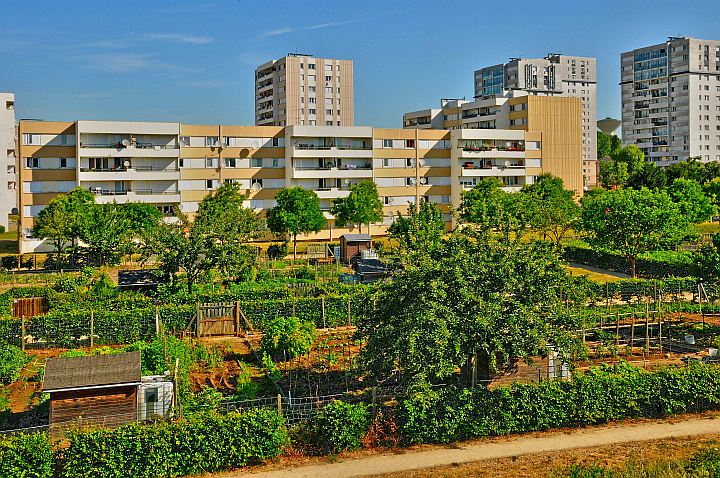
AIVP – Promoting initiatives while raising awareness is another common priority shared with AIVP. At AIVP, that takes the form of a guide of good practices for City-Port relations, or our support for Port Center initiatives aimed at the general public. What about CEMAS? What tools do you use to raise public awareness?
Vicente Domingo, Director – CEMAS is a very young organisation. After it was launched in July 2019, almost all of the activities that were planned to take place physically had to be cancelled due to the Covid pandemic. Fortunately, we were able to continue with certain publications and hold online meetings with city networks, public administrative authorities, and UN agencies, but naturally – as at AIVP, I imagine – we were a long way off the level of activity that we had hoped for. Nonetheless, we were able to take part in local campaigns aimed at promoting the consumption of local and seasonal produce, and we found that actions had been carried out targeted directly at the general public.
Our newsletter summarises initiatives and approaches, most of which can be replicated in any urban setting. Let’s say that despite the lack of more specific activities held in person, and although it has not been possible to travel physically to those exemplary sites, social media, online publications and knowledge-sharing at virtual events compensated for the inability to use that level of influence where possible. Fortunately, and although we need to remain cautious, once Covid – or at least the sixth wave – is behind us, we should in the months ahead be able to interact more effectively, and in particular to launch awareness-raising and information-sharing tools that are more suited to the physical reality, with everyone working every day for healthier, more sustainable, and more coherent food supplies.
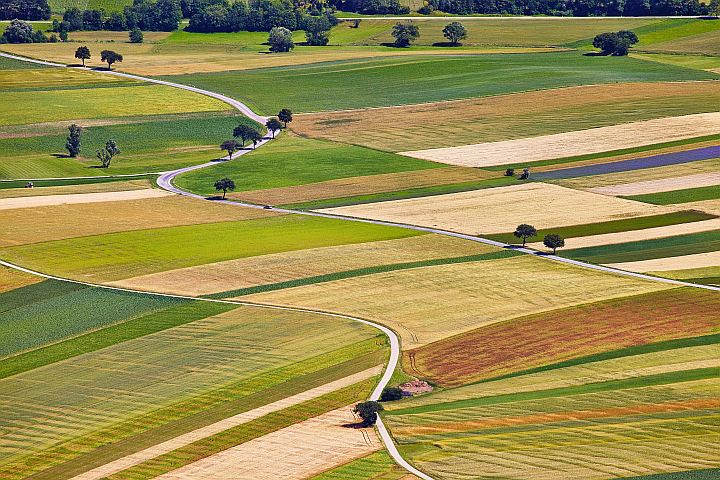
AIVP – Port cities are central to the supply and distribution of food. What do you see as the main challenges for ensuring a sustainable food supply?
Vicente Domingo, Director – Cities, and human and urban food, are bound together by the same story. I recommend reading a fantastic book: Hungry City by Carolyn Steel. There are basically two main types of cities: “thalassic” cities, located on the sea, and “telluric” cities, which lie inland. Air transport has today reshaped global logistics, but for centuries, the seas and oceans were the motorways of distribution. Coastal cities derive their identity from the diversity and the permanent comings and goings of people, food, and goods. It is a primordial anthropological and sociological process. But paradoxically, it is precisely from these factors of diversity and movement that structures like the food supply chain get their raison d’être.
Over the centuries, port cities have absorbed knowledge and learned how to produce and manufacture food accordingly. For example, tomatoes, the big product of the conquest of the American continent, became an essential ingredient in Italian cuisine. So there was a beneficial creative symbiosis. In Roman times, or rather pre-Roman, Etruscan times, wheat was used to make pasta, which was later mixed with tomatoes to create numerous flavours and culinary processes. In other words, being a port city, paradoxically, generates wealth, strengthens identity, and allows us to clearly identify what is sustainable, and what isn’t.
There are numerous cities with healthy food systems, which promote the work of small producers and family-run farms, which have created solid networks of local markets to stimulate social life and a feeling of belonging, whose inhabitants are proud to be part of the active working life of the city. Examples include Montpellier, Naples, Oran, Palermo, Thessaloniki, Boston, Algeciras, London, and Rome.
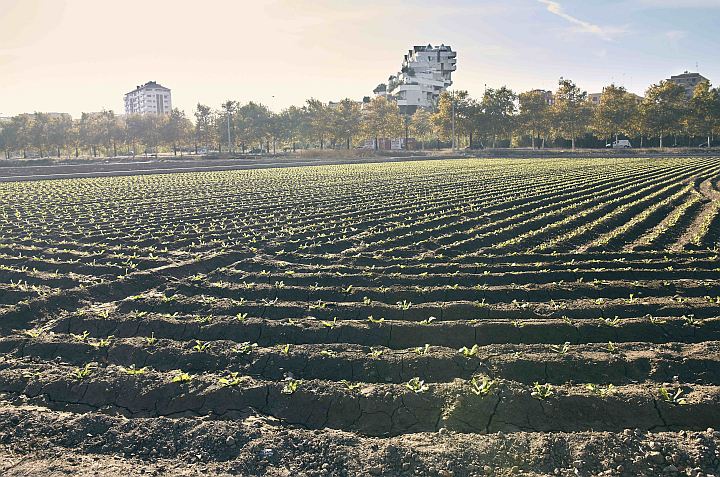
AIVP – Of all the initiatives you have seen, are there any particularly innovative initiatives adopted by port cities that could serve as an inspiration for others?
Vicente Domingo, Director – The public procurement system in Copenhagen is really exemplary. It didn’t just emerge from a single decision. It is part of a complex process of improvement, that gradually incorporated criteria for selecting and sourcing food intended for schools, hospitals, old people’s homes, and so on. This model, which is of interest to many cities, aims to protect smaller producers. It says at what time of year certain supplies should be purchased, and explains how to recycle food waste. It involves social stakeholders and is constantly monitored, ensuring it can be improved further. That’s just one example among many. The city of Tunis has successfully fostered relationships between families of fishers and hotel complexes, giving family-run businesses a foothold in the hotel industry. Barcelona has taken a series of measures to promote sustainable development, including offering visitors immersive experiences dedicated essentially to local cuisine. The city also supports young creative talents who source food from small producers based within an hour’s drive. Other cities have focused on developing proximity-based delivery systems using electric vehicles, or even bicycles. There are many different initiatives, and they are constantly being renewed. It shows the determination of local authorities around the world to address these issues.
I am particularly pleased to see how quickly local leaders, technical experts, and even very different municipal authorities have begun sharing their experiences. Often, they report their failures, discuss projects that foundered on a key aspect of the development process, or strategies that proved effective and productive. Important things take time. It’s vital to take things one step at a time, especially in politics. Each step is a chance to work for the common good by creating a field of action that many municipalities, for various reasons, have not yet explored. Things are moving. The Sustainable Development Goals, increasingly dynamic city networks, and the fabulous pace of progress in knowledge, are all new factors that are shaping a vision centred on values, respect, and hope. It is already bearing fruit, and within a few years, will be a suitable model for guaranteeing a good quality of life for millions of people who deserve a future of honesty and consistency.
